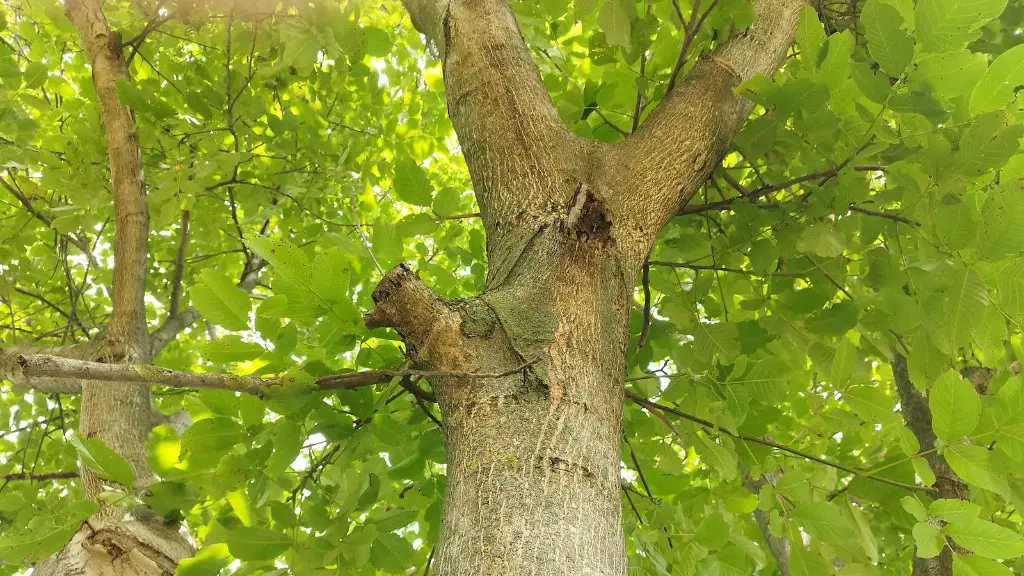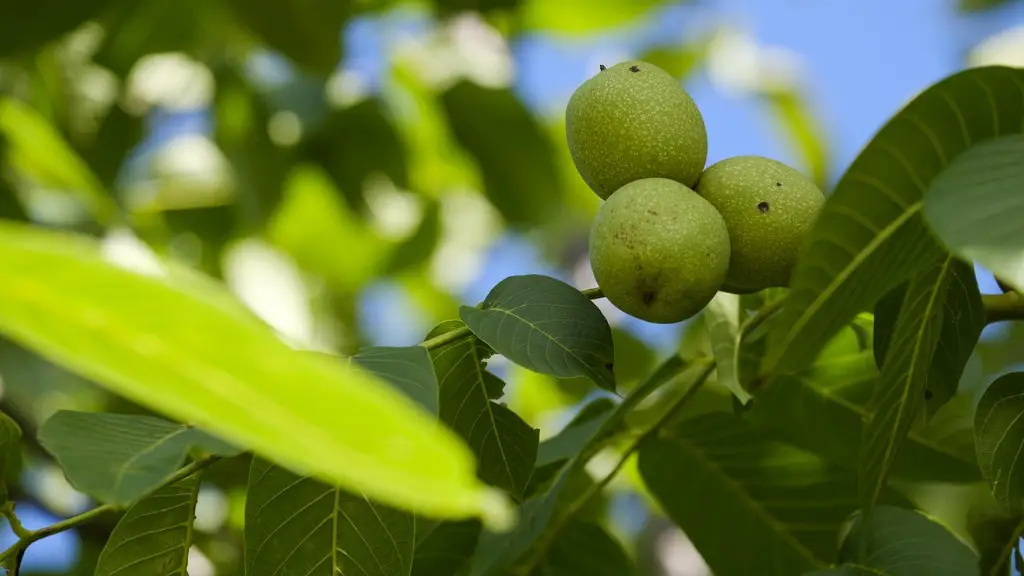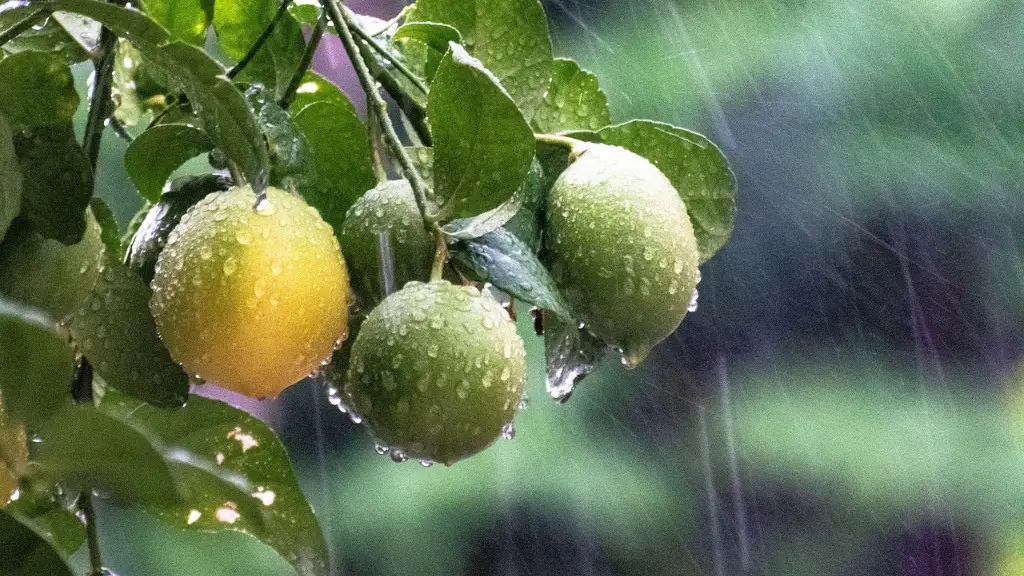How to Take Care of an Indoor Palm Tree
Indoor palm trees are becoming increasingly popular as people look for a way to bring the outdoors inside. They make great houseplants, as they require minimal care and add a touch of natural beauty to any room. The following advice will help you to look after your indoor palm tree to ensure that it always looks its best.
Even though an indoor palm tree should receive minimal care, there are some tips you should follow. Firstly, palms prefer bright light with protection from direct sunlight, as this can damage their leaves. Place your palm tree near a window where it will receive a few hours of sun a day, but provide it with drapes or blinds if it needs that extra bit of protection. Secondly, in the summer months when temperatures are higher, mist the leaves of your palm tree with a plant spray to keep the humidity levels up. In the winter months, placing a small humidifier in the room can have the same effect.
In terms of watering your indoor palm tree, you should water it deeply but sparingly. Only water it when the soil is dry to the touch, usually about once every two weeks. Overwatering can lead to fungus growth and root rot, so make sure you don’t overwater your palm. It’s also important to use a pot with adequate drainage, as a potted palm needs good drainage to thrive.
Feeding your palm tree is also important, as it needs nutrients to keep it looking healthy and green. Use a balanced liquid fertilizer every two to four months, diluting it to about one quarter of the suggested rate. You can also use a slow-release fertilizer during the springtime that can last up to four months. Lastly, check your palm tree for any pest infestations, and take necessary steps to ensure they don’t replicate.
Overall, with just a few tips and some basic maintenance, your indoor palm tree will stay looking beautiful and healthy. Taking time each month to correctly care for your palm tree is essential, as it will be rewarded with lush green leaves and an impressive fountain-like structure.
Transplanting Your Indoor Palm Tree
At some point, you’ll likely want to transplant your indoor palm tree into a bigger pot as it grows. The best time to do this is during spring and summer as this is when most indoor palms do the majority of their growing. Make sure you use a pot with proper drainage, and fill it up with soil that is designed for indoor plants. When transplanting, use a scoop to gently remove the plant from its pot and place it in the new pot followed by soil. Give your palm a deep watering and then monitor its progress accordingly.
If you do notice that the pot is getting too big or unwieldy, you can choose to transplant your indoor palm tree into a smaller pot. This is most often done during the late autumn or winter months before the growing season starts again. A smaller pot can help with proportionality, giving your indoor palm a more lush appearance than if it were to remain in the bigger pot.
It’s important to note that if you are transplanting your indoor palm tree into a smaller or bigger pot, avoid changing the depth of the pot too drastically. If the pot is too large, your palm is likely to choke itself out with excess soil, and if the pot is too small, the roots will not be able to spread out and take up the necessary nutrients. As such, when repotting your palm, never change the pot size by more than two or three inches.
Keeping Your Palm Free From Pests
Like any other plant, pests can be a problem for indoor palms. To keep your palm free from pests, it’s important to keep its leaves clean and dust-free. A gentle spray of warm water should be used regularly to clean the leaves. You should also inspect your palm once a month for any signs of pests, such as mites or scale insects. If you do notice any pests, take immediate action to control the spread and prevent it from worsening.
There are a few products available for controlling pests on an indoor palm tree, such as insecticidal soap and horticultural oils. These can be applied directly to the leaves of the plant, however make sure you read the instructions on the label first. If the situation becomes too severe, you may need to take your indoor palm tree to a professional for treatment.
Grooming Your Indoor Palm Tree
Regular grooming of your indoor palm tree is essential if you want it to stay in peak condition. This includes removing dead or wilting leaves, which can stunt the growth of the plant. Simply remove the leaves by pulling them gently away from the stem. This should be done every six months or so to make sure the leaves of your palm tree are always healthy and bright.
In addition, cutting back your indoor palm tree as required is also important as this will prevent it from becoming top-heavy and potentially knocking over. Use garden shears and prune back any branches that are longer than the rest, or any that are in an awkward position. Be sure to be gentle and not to prune too much at once, as this could cause damage to your indoor palm tree.
Foliar Feeding
Foliar feeding is a great way to give your indoor palm tree a boost, as it gives the leaves the nutrients they need to stay healthy and vibrant. Foliar feeding involves spraying the leaves of the plant with a liquid fertilizer, which is then absorbed by the leaves. Once this has been done, the fertilizer is then transferred to the plant’s roots. Foliar feeding should be done once per month, as this will help ensure the health of the leaves.
You can create your own foliar feeder by combining one tablespoon of Epsom Salt with a gallon of water. To this, you can also add one tablespoon of a liquid fertilizer, such as fish emulsion or kelp meal. You then need to mix all the ingredients together in a spray bottle and spray the mixture directly onto the leaves of your indoor palm tree.
Proper Temperature Conditions For Your Palm
Providing your indoor palm tree with the correct temperature conditions is essential for its health. The ideal temperature range for a palm tree is between 65 and 85 degrees Fahrenheit during the day and between 55 and 75 degrees Fahrenheit at night. If the temperature drops below this range, it can affect the growth of your palm tree, so make sure you monitor the temperature in the room where your palm is located.
If you live in an area with a cooler climate, there are steps you can take to protect your indoor palm tree. Firstly, make sure you choose a spot in the home where your palm will receive plenty of natural daylight, as this will help keep the temperature up. You could also consider investing in a humidifier or portable heater and ensure they are on at all times, or you can simply move the pot to a warmer room of the house during the colder months.
Manually Pollinating Your Palm Tree
Most indoor palms are not self-pollinating and will require a helping hand in order to produce fruit. You will have to manually pollinate your indoor palm tree in order to encourage fruit production. This involves taking a small brush and lightly brushing against the male and female parts of the flower to transfer the pollen from one to the other. This should be done every few days during the flower’s blooming season to ensure the proper pollination of the plant.
If you are unsure as to which parts of the flower are male and female, you can observe the plant for a few days and potentially purchase a book on the species of your indoor palm tree. In addition, you can also ask a garden expert or nursery for advice if you are uncertain.
Insecticidal Soaps For Controlling Pests
Insecticidal soaps are a great way to control pests on an indoor palm tree. This involves using a soapy solution to coat the foliage of the plant, which will then suffocate the cracks and crevices of any pests on the plant. Insecticidal soaps are most effective when used on young pests, so apply the solution to your palm tree as soon as possible if you do spot any pests.
It’s important to note that insecticidal soaps are contact killers, so they won’t be able to kill or deter pests that haven’t yet made contact with your indoor palm tree. As such, it’s important to check your palm tree regularly and treat it accordingly if any pests are present.
The Benefits of an Indoor Palm Tree
Indoor palm trees are a great way to add a touch of nature to any room in your home. Not only are they aesthetically pleasing, they are also low-maintenance and suitable for almost any climate. Furthermore, an indoor palm tree can help to purify the air by removing various pollutants, as well as adding humidity to the air around it.
Apart from providing beauty and elegance, an indoor palm tree can also increase the value of your home. Many prospective buyers find the presence of an indoor palm tree appealing due to its visual appeal and air purifying qualities. Owning an indoor palm tree can also be an excellent conversation starter, as many people are fascinated by these majestic plants.
In short, an indoor palm tree can bring a huge range of benefits for those looking for a way to add a touch of the outdoors to their home. However, it is important to remember that even though indoor palms require minimal care, they still need some basic maintenance and love if they are to stay in top condition.





